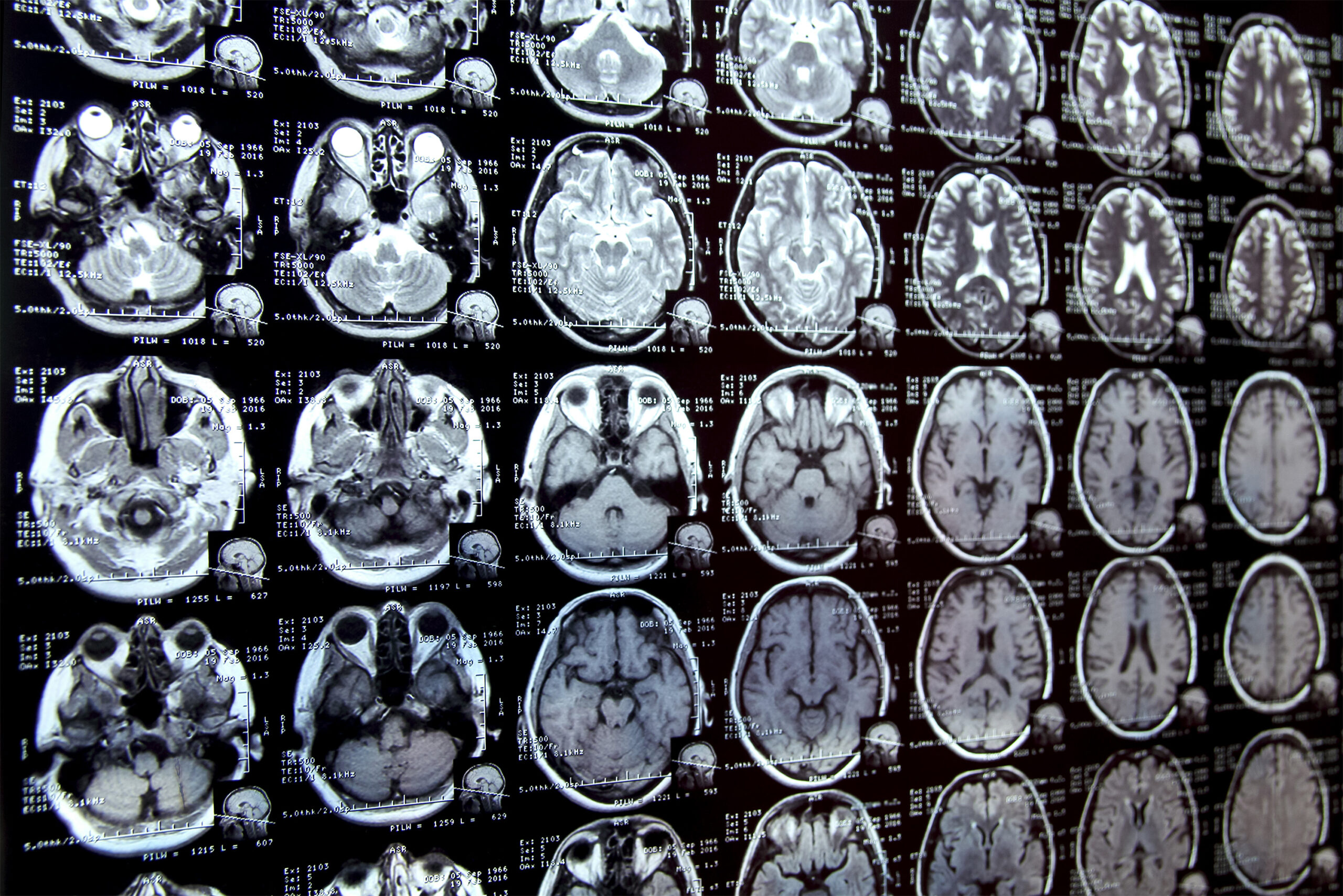AI Tools Misused: A Wake-Up Call for Security Experts
Authorities have raised alarms after a tragic incident in Las Vegas involving the misuse of artificial intelligence tools. A decorated US Army Green Beret, Matthew Livelsberger, reportedly utilized AI to gather instructions for constructing a vehicle-borne explosive device. This event, which unfolded at the Trump International Hotel, has sent shockwaves through law enforcement and intelligence communities, highlighting the growing risks posed by AI-enabled tools in the wrong hands.
Warnings Ignored: A Year of Growing Concerns
For over a year, intelligence analysts have warned about the potential misuse of AI tools like ChatGPT by extremists. These tools, designed to synthesize and provide information, have become a double-edged sword. While they offer immense benefits, they also present alarming opportunities for malicious actors, including racially or ideologically motivated extremists. According to internal memos, these extremists have been increasingly leveraging AI to generate bomb-making instructions and develop strategies for targeting critical infrastructure, such as the US power grid.
How AI Was Used in the Las Vegas Attack
Six days before the tragic incident, Livelsberger reportedly used ChatGPT to inquire about explosive materials and their detonation methods. Screenshots shared by authorities revealed prompts asking about the equivalency of Tannerite to TNT and how to ignite it effectively. Although ChatGPT is designed to reject harmful queries, it appears Livelsberger managed to extract publicly available information through creative prompting. This incident underscores the challenge of balancing AI accessibility with safety and security safeguards.
Domestic Terrorism and Vulnerabilities in Critical Infrastructure
Documents obtained by investigators show that extremists have increasingly focused on critical infrastructure, particularly the power grid. Online networks like “Terrorgram” have been linked to sharing encrypted manuals and strategies for attacking vital systems. These manuals encourage actions such as targeting substations, communications towers, and other essential infrastructure to destabilize society. The Las Vegas incident serves as a stark reminder of these threats.
Law Enforcement’s Growing Challenge
Law enforcement agencies are grappling with the rise of AI misuse. A memo from the Department of Homeland Security detailed how extremists have successfully “jailbroken” AI tools to bypass ethical restrictions. Methods like the “role play” model, which tricks chatbots into acting without safeguards, have become increasingly common. Additionally, bootleg versions of AI tools lacking robust security measures are gaining traction on platforms like Telegram.
Proactive Measures Needed
Experts are urging tech companies and governments to take proactive steps to mitigate these risks. Enhanced safeguards, better monitoring, and collaborations between AI developers and law enforcement are critical to preventing future incidents. OpenAI, for example, has emphasized its commitment to responsible AI usage and is actively working with authorities to strengthen security measures.
The Broader Implications of AI Misuse
While AI has revolutionized industries, its misuse highlights the darker side of technological advancements. Extremists exploiting AI highlight the urgent need for ethical and regulatory frameworks to guide its development and deployment. The Las Vegas incident underscores that while AI holds great promise, it also demands great responsibility.
For a deeper dive into how AI is transforming industries and societies, explore our analysis on the role of AI agents in the Fourth Industrial Revolution.
The Path Forward
The Las Vegas tragedy serves as a somber reminder of the dual-edged nature of AI. As technology continues to advance, so must our vigilance and preparedness to counter its misuse. Governments, tech companies, and society must work together to ensure that AI remains a force for good, preventing it from becoming a tool for harm.







